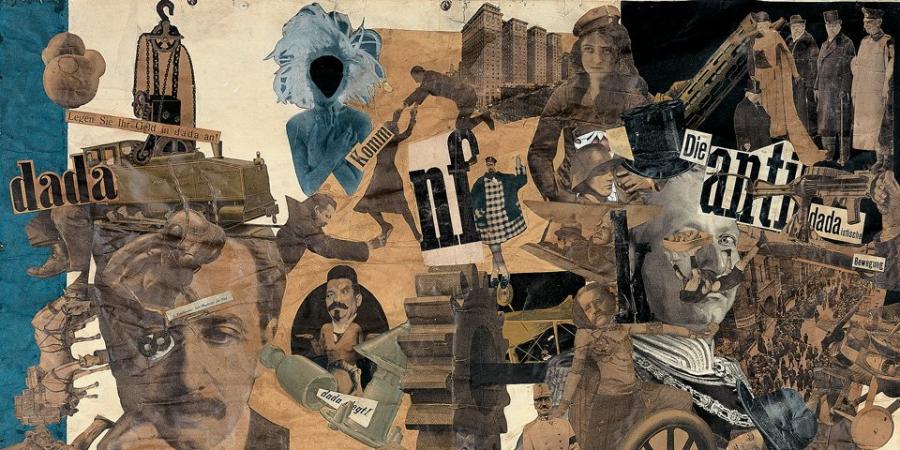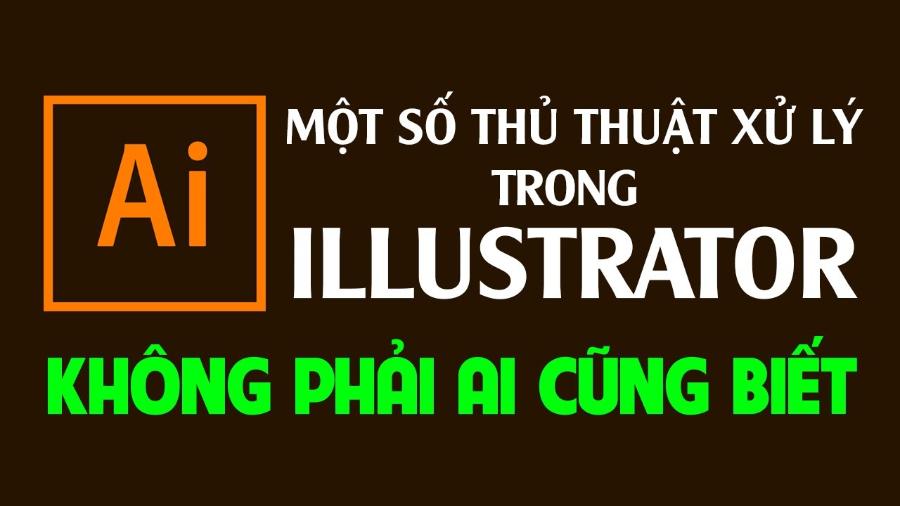Best Selling Products
What Is Dadaism Inspiration? Top Artists and Publications in Design
Nội dung
- 1. Dadaism - The protest and subversive art movement
- 2. Dadaism inspiration in graphic design
- 3. The influence of Dadaism in graphic design
- 3.1. Breaking traditional rules in design
- 3.2. Play with words and images
- 4. Top artists of Dadaism
- 4.1. Marcel Duchamp - Pioneer artist of Dadaism
- 4.2. Hannah Höch - Outstanding Female Dadaist Artist
- 4.3. Kurt Schwitters - Creator of Merz
- 5. Typical publications in Dadaism graphic design
- 5.1. "Der Dada" (1920) - Publisher of Francis Picabia
- 5.2. "Bauhaus Dada" (1924) - John Heartfield's Magazine
- 5.3. "The Surrealist Revolution" (1924)
- 5.4. "Fumetti Dada" (1922) - Journal of Umberto Boccioni
- 5.5. "New York Dada" (1915) - Marcel Duchamp's Magazine
Dadaism - a bold art movement that changed the face of graphic design. Discover the artists and publications that have had a strong influence on the field of design.

Dadaism, a bold and anti-traditional art movement, has opened up new directions in many fields of art, including graphic design. With its innovation, improvisation and strong resistance, Dadaism is not only an art movement but also an endless source of inspiration for graphic designers. In the article below, Sadesign will help you better understand Dadaism, its influence on graphic design and typical artists and publications in this field.
1. Dadaism - The protest and subversive art movement
Dadaism (also known as Dada) is an art and cultural movement that emerged in the early 20th century, especially after World War I. Originating in Zurich, Switzerland, Dadaism flourished and became one of the prominent art movements, not only because of its protest but also because of its unlimited creativity. This movement denied all traditional principles of art and design, encouraging creative freedom and strong expression of each artist's ego.
.jpg)
One of the most prominent features of Dadaism is the use of improvisation and irregularity in creation. Dada artists did not follow any standards, from form to content. They even considered meaningless or absurd things as a formal form of art, which caused controversy and attracted attention from the public and professionals.
2. Dadaism inspiration in graphic design
Dadaism was a dramatic art movement founded in Zurich in 1916, in the wake of World War I. As a powerful reaction to the brutality and cruelty of war, Dadaism produced revolutionary innovations in many fields, including painting, music, literature, and especially graphic design.
Dadaism did not adhere to traditional rules of aesthetics or composition. Instead, it encouraged creativity, freedom, and pushing the boundaries of art. Notable characteristics of Dadaism in graphic design include the random use of visual elements, the unorthodox combination of different materials, and the abandonment of logic in presentation.
This movement not only had a strong influence on the art field, but also played an important role in shaping many modern graphic design trends. Thanks to Dadaism, we can see the combination of elements such as collage, unique typography and groundbreaking images, creating publications that are spontaneous and absurd.
3. The influence of Dadaism in graphic design
Dadaism not only had a great influence on the arts of painting and poetry but also had a profound impact on graphic design. Dada graphic designers brought about groundbreaking changes in the way of looking at and applying color, images, typography and layout in design.
.jpg)
3.1. Breaking traditional rules in design
Dadaism allowed designers to break free from the constraints of traditional design rules, expanding their creativity with bold experiments. Instead of adhering to basic principles such as proportion, symmetry or harmony, Dadaism design followed a distinct path where spontaneity and chaos were celebrated.
Dadaism-influenced designs are often unexpected, unconventional, and sometimes chaotic, but they have a strong appeal. This quality in graphic design makes Dadaism an endless source of inspiration for contemporary designers who want to create unique and unconventional works.
3.2. Play with words and images
Dadaism places particular emphasis on the free and unrestricted use of images and text. Dadaist designers often combine images, text, and other graphic elements in unexpected ways, breaking down the distinction between genres and creating a new creative space. Dadaist publications often do not follow a logical order or clear structure, but are a mixture of seemingly unrelated elements that create a unique artistic whole.
Typography is not only used to convey information, but also an important artistic element, with spontaneous and diverse forms of expression. Strange typefaces, inconsistent in size, color or shape, can appear in Dadaist designs.
4. Top artists of Dadaism
Dadaism produced some of the most talented artists who not only changed the face of art but also had a profound impact on graphic design. Here are some of the most notable names that you can’t help but mention when talking about Dadaism:
.jpg)
4.1. Marcel Duchamp - Pioneer artist of Dadaism
Marcel Duchamp was one of the pioneers of Dadaism and a major influence in the field of graphic design. Duchamp is best known for works such as “Fountain” – an iconic work of the Dada movement. However, in addition to painting, Duchamp also had a major influence on graphic design, with works that combined art and graphics, and was a pioneer in applying new techniques to design.
4.2. Hannah Höch - Outstanding Female Dadaist Artist
Hannah Höch was a prominent artist in the Dadaist movement, especially in her collage work. She used the collage method to create graphic works that were protestive, breaking all boundaries of form and content. Höch’s works were not only visually impressive but also contained strong social, political and cultural messages.
4.3. Kurt Schwitters - Creator of Merz
Kurt Schwitters was a German Dadaist artist, best known for his Merz style – a unique design style that combined elements from different materials to create works of art that were a hybrid of painting and graphics. Schwitters changed the way we look at graphic design, thanks to his creation and combination of random and chaotic elements in each work.
5. Typical publications in Dadaism graphic design
Dadaism produced many works that have had a huge impact on the world of art and graphic design. Here are five of the most iconic publications in Dadaist graphic design:
.jpg)
5.1. "Der Dada" (1920) - Publisher of Francis Picabia
Francis Picabia was one of the most important artists of the Dadaism movement, known for his satirical and protest-oriented works. "Der Dada" is one of his signature publications, which clearly embodies the spirit of Dadaism through the random combination of visual and textual elements. The design of "Der Dada" does not follow any aesthetic standards, but instead, the images and letters are arranged in a chaotic and spontaneous way, highlighting the movement's message of protest and absurdity.
5.2. "Bauhaus Dada" (1924) - John Heartfield's Magazine
John Heartfield, one of the prominent Dadaists in Berlin, used graphic design to convey strong political and social messages. His magazine “Bauhaus Dada” was notable for its use of visual elements combined with text, creating a unique creative space. The images and typography in the work were not merely decorative, but also a strong protest against traditional forms of art and design.
5.3. "The Surrealist Revolution" (1924)
"La Révolution Surréaliste" was a special publication within the Dadaism movement, offering a new perspective on the relationship between art and society. This magazine combined elements of Dadaism and Surrealism, evident in its fragmented, unexpected, and symbolic images. The combination of images and words in this publication changed the way graphic design was done at the time.
5.4. "Fumetti Dada" (1922) - Journal of Umberto Boccioni
Umberto Boccioni, a famous Dadaist artist, created a series of zines and posters that were heavily influenced by the movement. “Fumetti Dada” is one of his most distinctive works, with its use of random images, strong colors, and unconventional typography. Each design carries a strong message of rebellion against social norms and illogicality.
5.5. "New York Dada" (1915) - Marcel Duchamp's Magazine
Marcel Duchamp, one of the great Dadaists, created many publications that changed the world's way of thinking about art. The magazine "New York Dada" is one of the typical examples, where Duchamp used images and words that had no clear connection, to convey a profound message about breaking the standards of art. This work had a great influence on the way graphic design was later, especially in the use of unexpected and unconventional elements.
Dadaist graphic design publications were not limited to paintings but also included posters, books, magazines, and many other forms of publication. These publications clearly demonstrated the Dadaist style with elements of improvisation and innovation.
6. Conclusion
With its spontaneity, innovation and strong resistance, Dadaism opened a new era for graphic design , where designers can freely create without having to follow any rules. The above article has introduced typical works and publications, fully reflecting the spirit of Dadaism. If you want to know more about the field of design and future trends , visit Sadesign's website now!












































